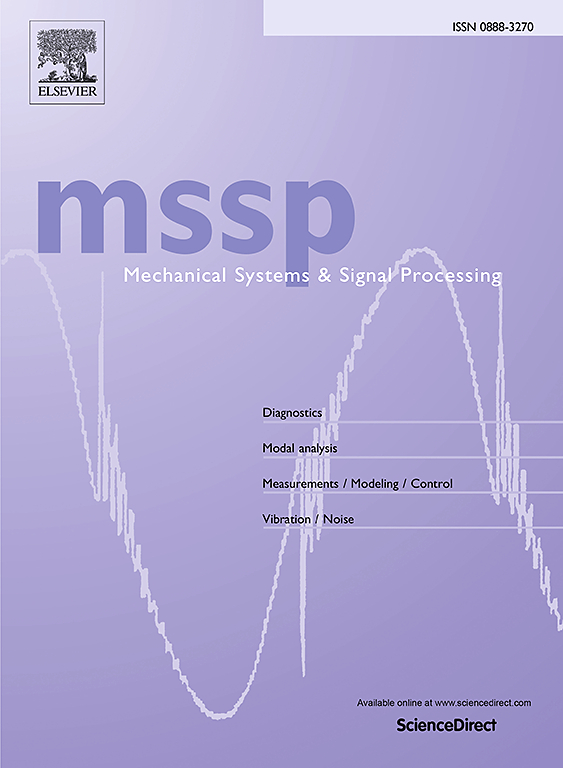Active motion control of platform and rotor coupling system for floating offshore wind turbines
IF 7.9
1区 工程技术
Q1 ENGINEERING, MECHANICAL
引用次数: 0
Abstract
Unstable foundations and complex marine environments pose severe challenges to the safe operation of floating offshore wind turbines (FOWTs). Thus, a novel control strategy for FOWTs is proposed, focusing on the dynamic interaction between the floating platform pitch motion and rotor rotation. The equations of motion of the platform and rotor coupling system are established to describe the dynamic performances of the system. Based on this theoretical model and by combining proportional-integral (PI) and proportional feedback control methods, an active control scheme is designed to introduce the pitch motion of the floating platform into the control loop. The influence law of control gain on the system response is obtained through the frequency domain and time domain analyses of the control system, thus determining the method for selecting the control gain. Numerical analysis on a real FOWT and experimental tests on a scale model of FOWT in water tank validate the effectiveness of this novel control scheme of stabilizing the rotor speed and suppressing the platform pitch motion under turbulent wind and impact load environments. The average amplitude of the pitch angular velocity of the floating platform is reduced by 48.65%. Moreover, the phenomenon of violent pitching of the floating platform caused by inappropriate control parameters is successfully reproduced. This study is expected to provide valuable insights for developing robust and effective motion control systems for FOWTs.
求助全文
约1分钟内获得全文
求助全文
来源期刊

Mechanical Systems and Signal Processing
工程技术-工程:机械
CiteScore
14.80
自引率
13.10%
发文量
1183
审稿时长
5.4 months
期刊介绍:
Journal Name: Mechanical Systems and Signal Processing (MSSP)
Interdisciplinary Focus:
Mechanical, Aerospace, and Civil Engineering
Purpose:Reporting scientific advancements of the highest quality
Arising from new techniques in sensing, instrumentation, signal processing, modelling, and control of dynamic systems
 求助内容:
求助内容: 应助结果提醒方式:
应助结果提醒方式:


